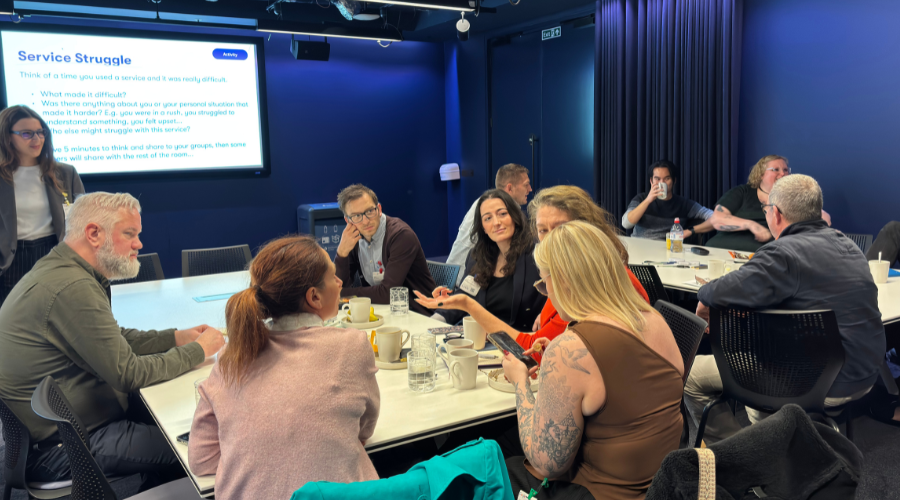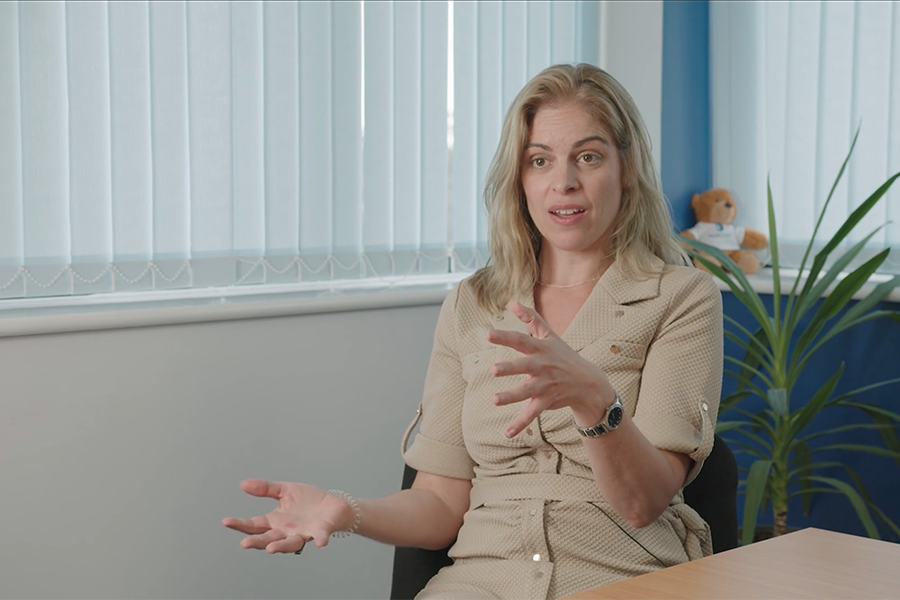How to tackle debt management challenges in UK mutuals
How mutuals and credit unions can keep up with changing times
Swap slow manual processes for speed and efficiency
It's common for smaller organisations to manage loans using spreadsheets. Data has to be added by hand, sometimes across different computer programmes.
This leads to slower processing times and a higher risk of human error. It's also difficult to track communications and manage payment arrangements, or even to stay fully compliant.
Technology can help:
Speed things up: Technology automatically spots late payments and sends out reminders or notifications. This drastically speeds up the process and frees up your team's time.
Stay on top of things: Get a real-time view of your loan book, payments received, and all communications. Software will automatically flag accounts that are falling into arrears, streamlining management and slashing the risk of errors.
Spot trends: Data analysis can identify trends across your loan book and highlight specific accounts that need your attention, so you can target your approach more effectively.
.png)
Manage the rising risk of defaults
It is harder to assess loan applications accurately when members' living costs and behaviours are changing quickly.
People are saving less and withdrawing deposits to pay for daily life. This makes lending riskier and leads to more unpaid loans, bad debt, higher costs and more write-offs. It's also much harder to identify and assess affordability for members who are struggling, since things keep changing so fast.
How technology can help:
Better information: With member consent, Open Banking gives access to real-time income and expenditure data. You get a much clearer picture of a member's financial situation, so you can offer realistic repayment plans and identify potential problems early.
Specialist tools and analytics can help you group members based on indicators of vulnerability or risk. This is super helpful for staying compliant with FCA regulations.
AI (Artificial Intelligence) can use smart predictive models to analyse data and spot patterns that suggest missed payments are likely. This means you can reach out and offer sensitive support before arrears really pile up.
Connect your systems and data to get valuable insights
Often, problems in how you work come from manual steps and scattered information.
Your teams might enter member data into different, unconnected systems. This means they can't see the full picture of past payments, savings balances, or previous financial conversations.
How technology can help:
Cloud debt management systems are the central hub for all member data, giving you a unified view when managing arrears and payments.
They can pull information from different systems and databases. Your team can see all relevant information – loan details, savings, communication history, Open Banking data – from one single screen.
Collaboration Credit Union Service Organisations (CUSOs) or shared infrastructure agreements offer access to professional-grade systems that individual mutuals might struggle to afford, improving data access and management for collections.
Make time for proactive outreach
Manual processes and complex systems consume a lot of staff effort. They have little time to reach out to members before they fall behind on payments.
How technology can help:
Automating routine tasks like reminders or managing payment arrangements lets your team focus on complex cases and proactively reach out to members you've identified as at risk.
Online portals make it easy for members to contact you earlier about potential arrears. Built-in AI assistants can help staff to draft messages tailored to different member situations.
Balance digital transformation with trusted service
While digital efficiency is increasingly important, some members still prefer face-to-face when dealing with sensitive matters like debt.
Moving too quickly can erode the trust and personal service that make your mutual special. Some members don't fully trust new tech, which makes them less likely to use it.
The goal is to use technology to make things smoother. The challenge is to do this without pushing away members who aren’t comfortable going online.
How technology can help:
Online and mobile platforms still allow members to access human support if needed – through secure messaging, options for scheduling calls, or clear signposting to support services.
Multi-purpose hubs; technology can transform the way your debt support team works in branches, creating a better experience for members.
The future for mutuals: tradition and innovation
UK mutuals are at a crossroads. They need to strike a balance between tradition and innovation. By addressing these five challenges, mutuals can play to their strengths - offering compassionate, community-focused financial services - while ensuring their own operational resilience.
Modernising debt management while maintaining the ethical approach that defines mutual societies can be done. The future means using digital tools to enhance personal service, not lose it.







